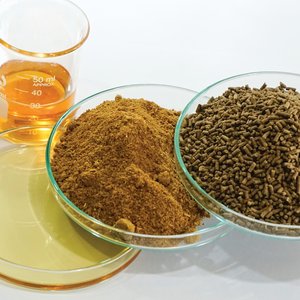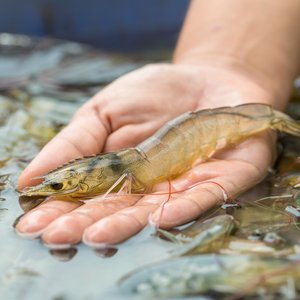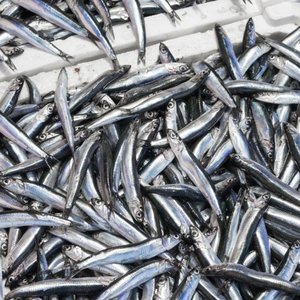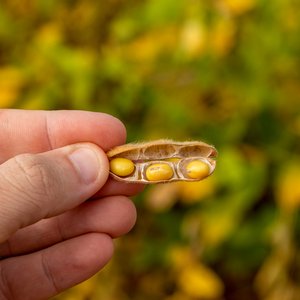Better Control of Reproduction in Trout and Salmon May be in Aquaculture's Future
Fast-growing farm-raised salmon and trout that are sterile can now be produced using a method developed by Agricultural Research Service (ARS) scientists. Blocking reproduction can enhance growth, and is important for fish being reared in situations where reproduction is undesirable.
The method allows researchers to more efficiently and reliably produce fish that have three sets of chromosomes, instead of the usual two sets. Fish with the extra set of chromosomes can't reproduce, so the energy from the food they eat is shifted from reproduction to growth. Also, cultured fish that are not capable of breeding with native populations can be stocked in natural waters.
Bigger fish for consumers and sterile fish for producers and anglers are the goals of ARS scientists who are working with the aquaculture industry on genetic methods to more efficiently produce fish that grow faster on less feed and can't reproduce in the wild.
William K. Hershberger, former research leader at the ARS National Center for Cool and Cold Water Aquaculture (NCCCWA) in Leetown, W.Va., and NCCCWA biologist Mark Hostuttler investigated the earliest stages of fish development, from fertilized egg to the two-cell stage, and developed a more effective way to produce rainbow trout that have four sets of chromosomes. Those trout are then crossed with typical fish that have two chromosome sets, yielding offspring that have the desired three sets of chromosomes.
Now, ARS fish physiologist Gregory Weber and Hostuttler have improved on that method, and preliminary studies have expanded its application to Atlantic salmon, brook trout and brown trout. They are also in the process of breeding these fish for experiments that will determine whether these three-chromosome-set fish are good performers in terms of production traits such as growth to market size, stress tolerance, and disease resistance.
Additionally, Weber and Hostuttler have developed a way to validate chromosome status on 20 fish at a time, instead of just one.
ARS is the primary intramural scientific research agency of the U.S. Department of Agriculture (USDA). The research supports the USDA priority of promoting international food security.










